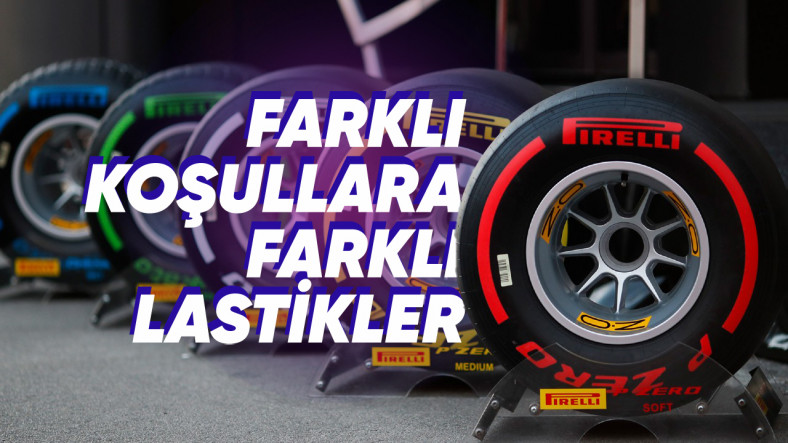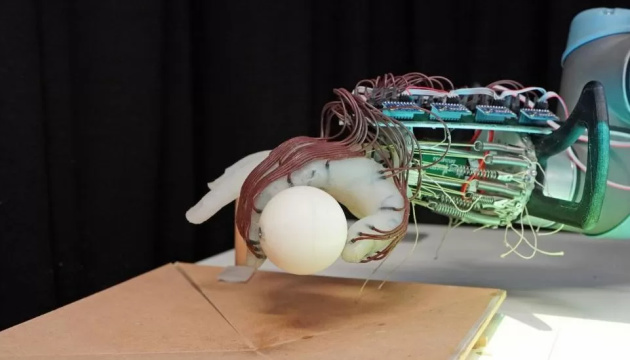The most important factors when watching Formula 1 races vehicle engines and pilots We think so tires that are the only thing in contact with the groundis at least as important as the engine or the pilot.
During the race, the drivers made pit stops and the teams almost Change 4 tires at the same time in 3-4 seconds. we often witness. So why are these tires, so important in determining the fate of a driver in the race, constant? with new and different species being changed? We told you about the tire types that Pirelli produces especially for Formula 1 and the differences between them.
There are 7 different sets of tires that F1 teams can choose based on different conditions.
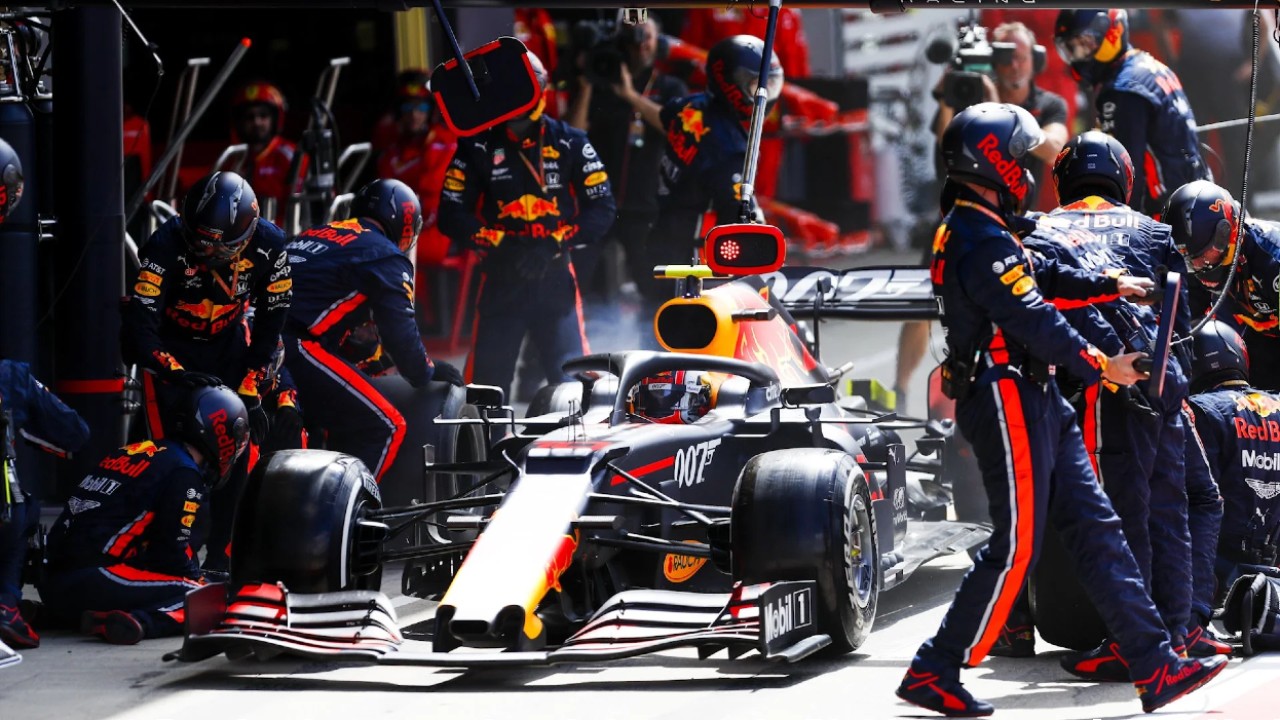
The use of F1 tires is not only in the Sunday races, but also in in practice and qualification is of great importance. all teams, weeks before the competition They inform the FIA of what type of tires will be used on which track and cannot use any other tire than these types.
The tire supplier of Formula 1 is Pirelli, but throughout history tires from major brands such as Dunlop, Continental, Bridgestone and Michelin have also been used. With the start of the 2011 season, Pirelli became F1’s official tire supplier and has remained so ever since. tires with the same specifications gives to all teams.
All teams in Formula 1, by looking at the surface of the runway and the temperature of the air develops tire strategies, decides which driver should use which tire. Pirelli has 7 different tire types for F1 teams. Of this 5 for dry and the remaining 2 for wet soil had been designed. If you like, let’s take a closer look at the characteristics of these tires, starting with those designed for dry roads.
Formula 1 dry track tyres:
C1 (compound 1)
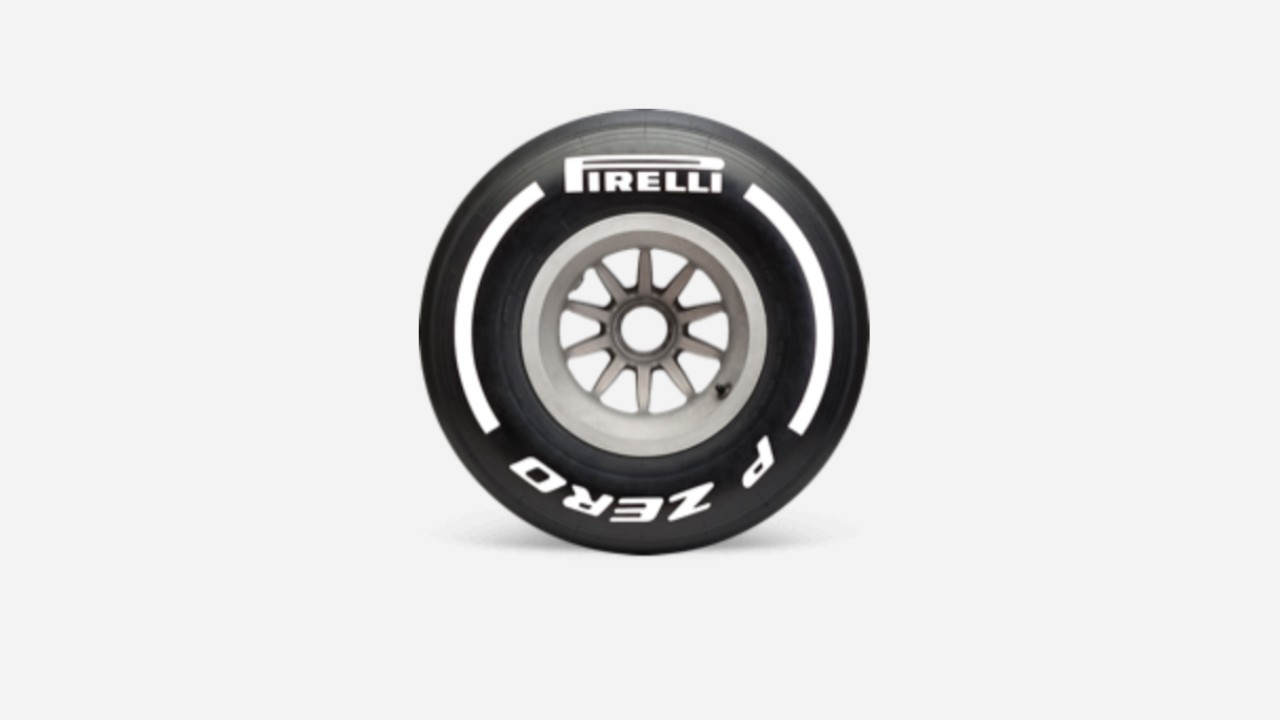
C1, used in Formula 1 cars The hardest rubber and mostly where the weather and thus the runway is extremely hot Designed for the conditions. C1 tires are also suitable for tight corners because they do not heat up hard. wear out for a long time gets. The biggest handicap of these tires is that the vehicle is just a click away compared to soft tires. go slow because of which it.
C2 (compound 2)
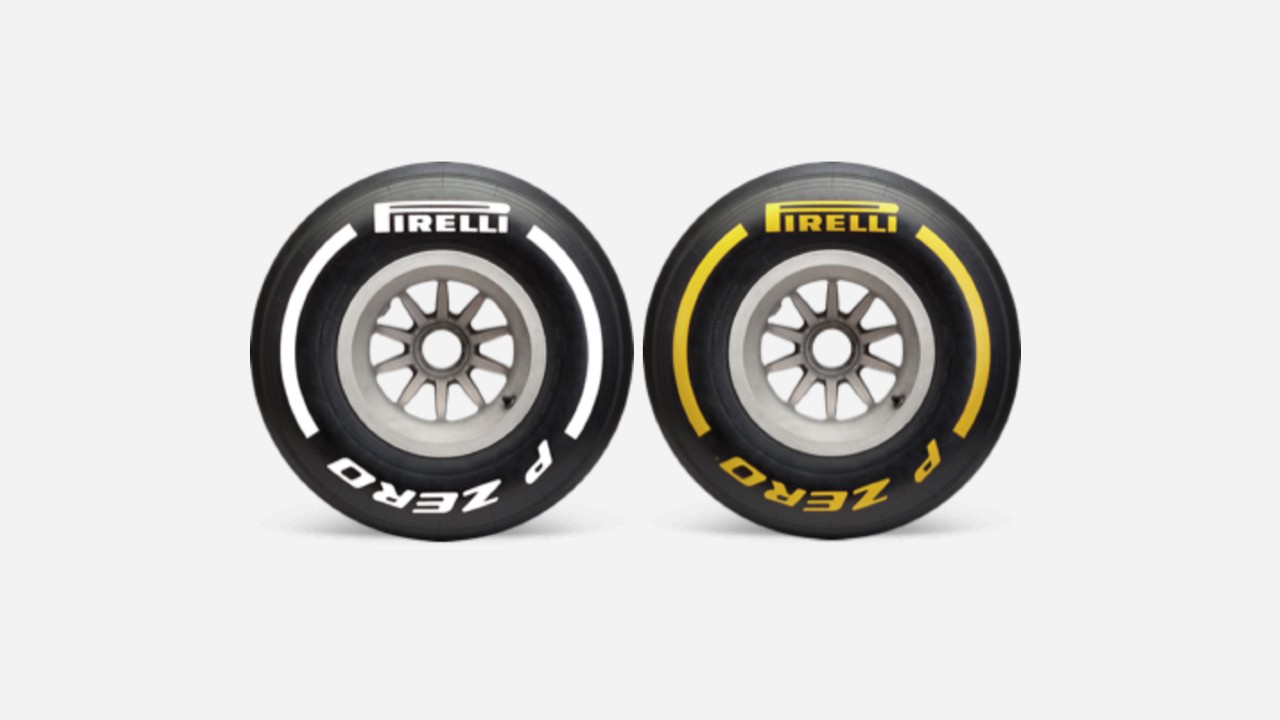
C2 tyres, white and yellow on two different tire sidewalls and while slightly softer than C1, they are used for the same purpose. C2 rubber tires, for high speeds and sharp turns Besides being extremely suitable, they are also used in Formula 1 races. most preferred tire type.
C3 (compound 3)
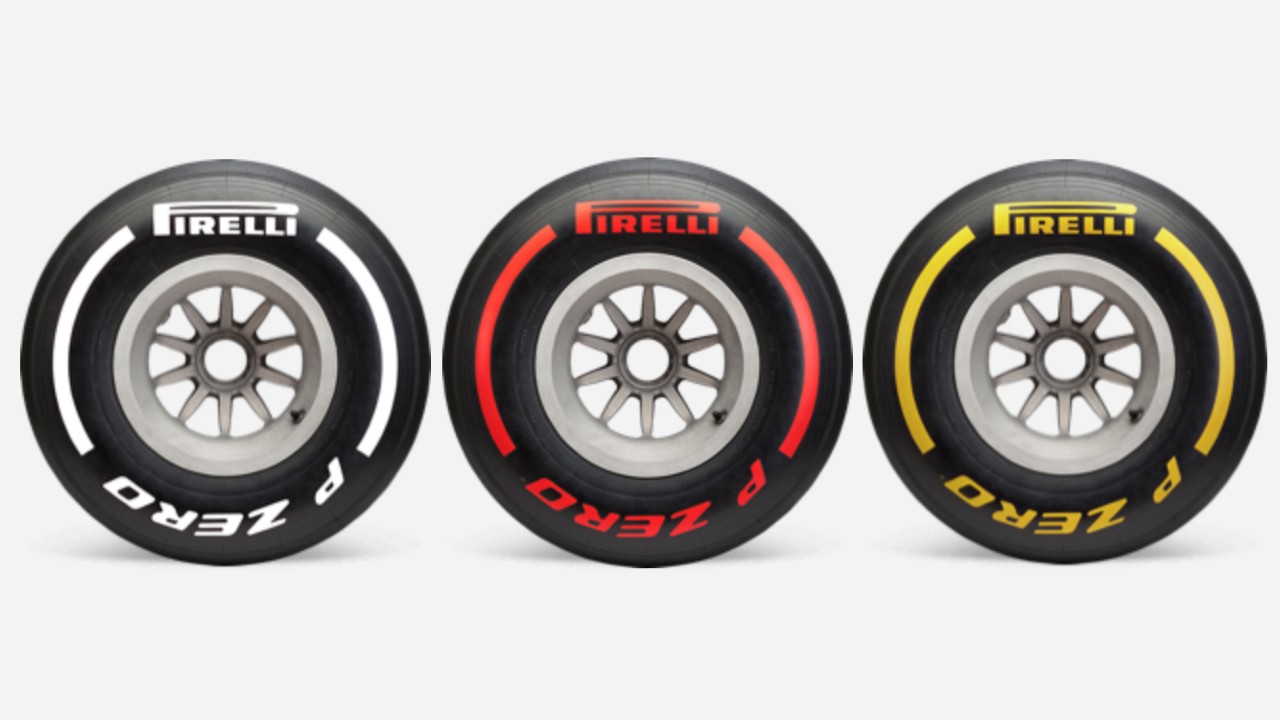
The most successful tires in terms of performance and durability are C3 rubber tires and they are white, yellow and red among themselves. 3 different cheeks they leave. Usually like the GP of Monaco or the GP of Bahrain on city tracks used.
C4 (connection 4)
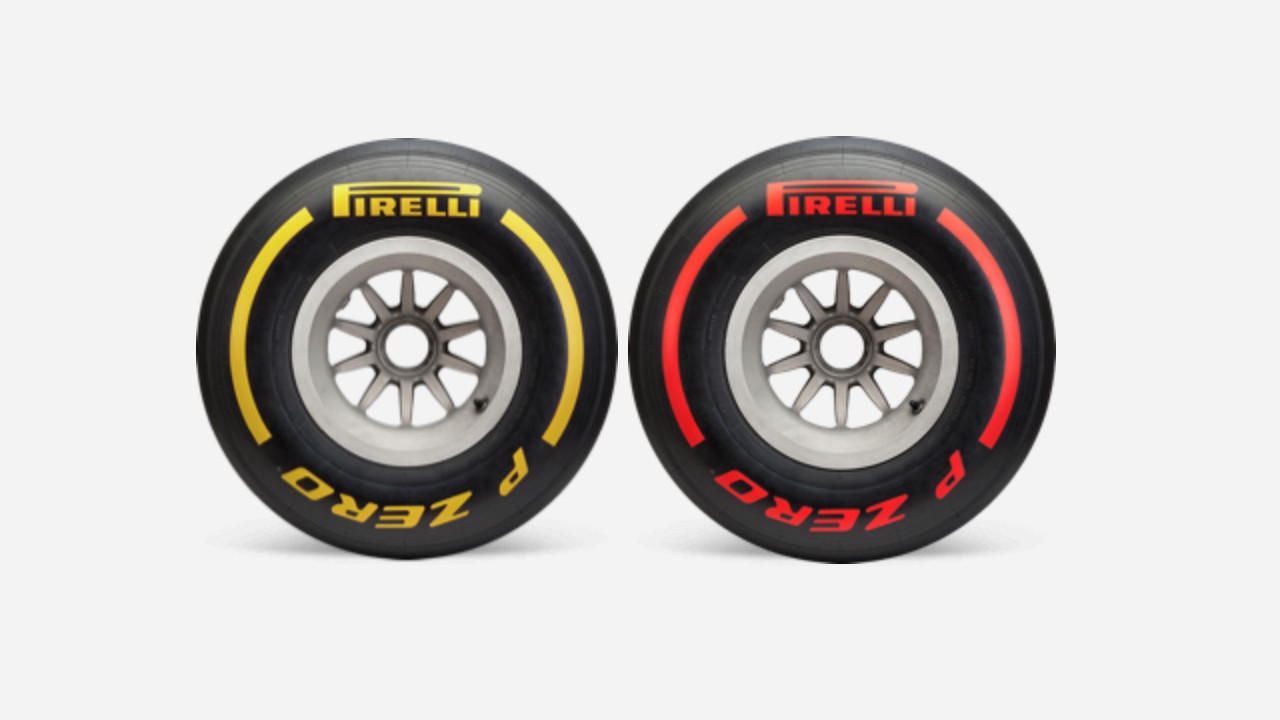
C4 tires, called ultra-soft tires in the 2019 season, promise high speeds. short life and it starts to break down much faster than hard tires. Because it heats up very quickly; drivers, on laps they think they have to speed up can switch to this band.
C5 (connection 5)

C5 tires are the fastest tires Pirelli has ever designed. is the softest of its kind and it is used on all tracks where mechanical coupling is required. It breaks down much faster than all other tires and chooses the place of use due to its short life. big strategies required.
Formula 1 wet tyres
Between green

Pirelli offers only two different tire types for use on wet roads in rainy weather. wavebands offers. transition band Also known as Intermediate Green, by tire 30 liters of water per second It has a drainage function and can be easily used in races where there are no puddles and heavy rain.
Wet blue
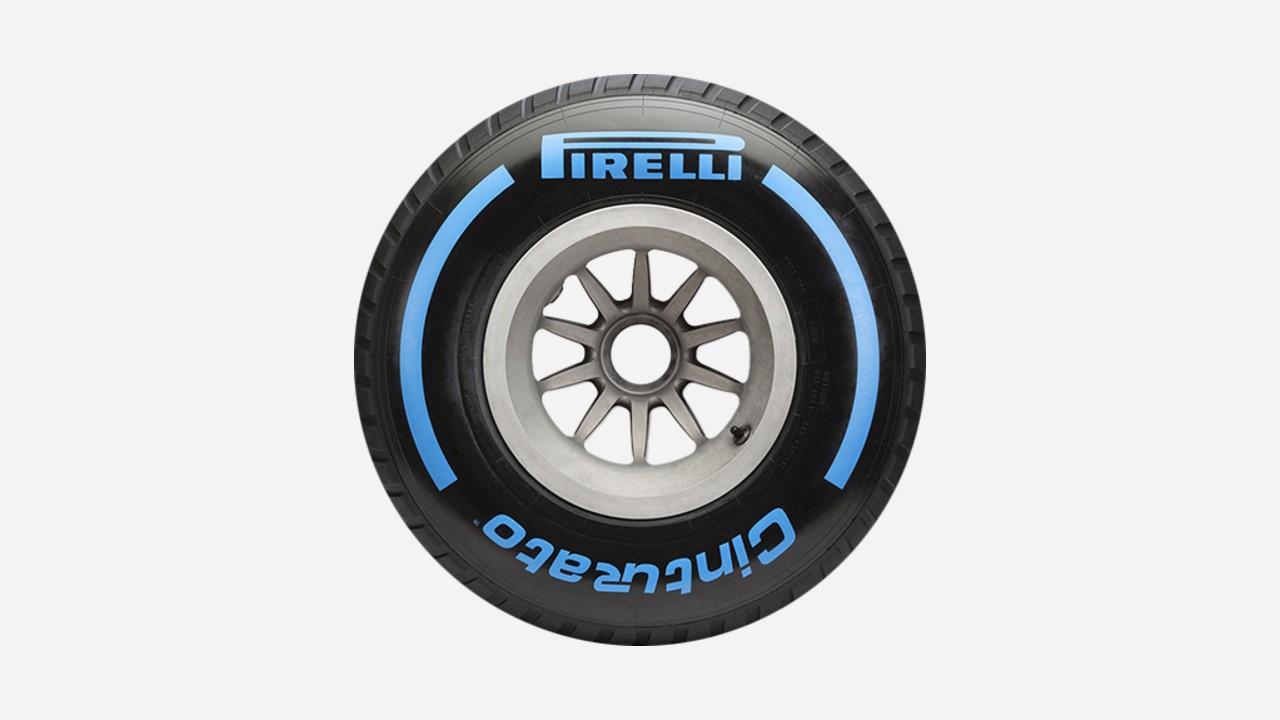
Wet Blue tires are used in heavy rain, deep puddles and extremely slippery track conditions. At 350 kilometers per hour 85 liters of water per second they can evacuate and their diameter is different from other tires 10mm wider They provide maximum road holding.
Tire rules teams must follow in Formula 1:
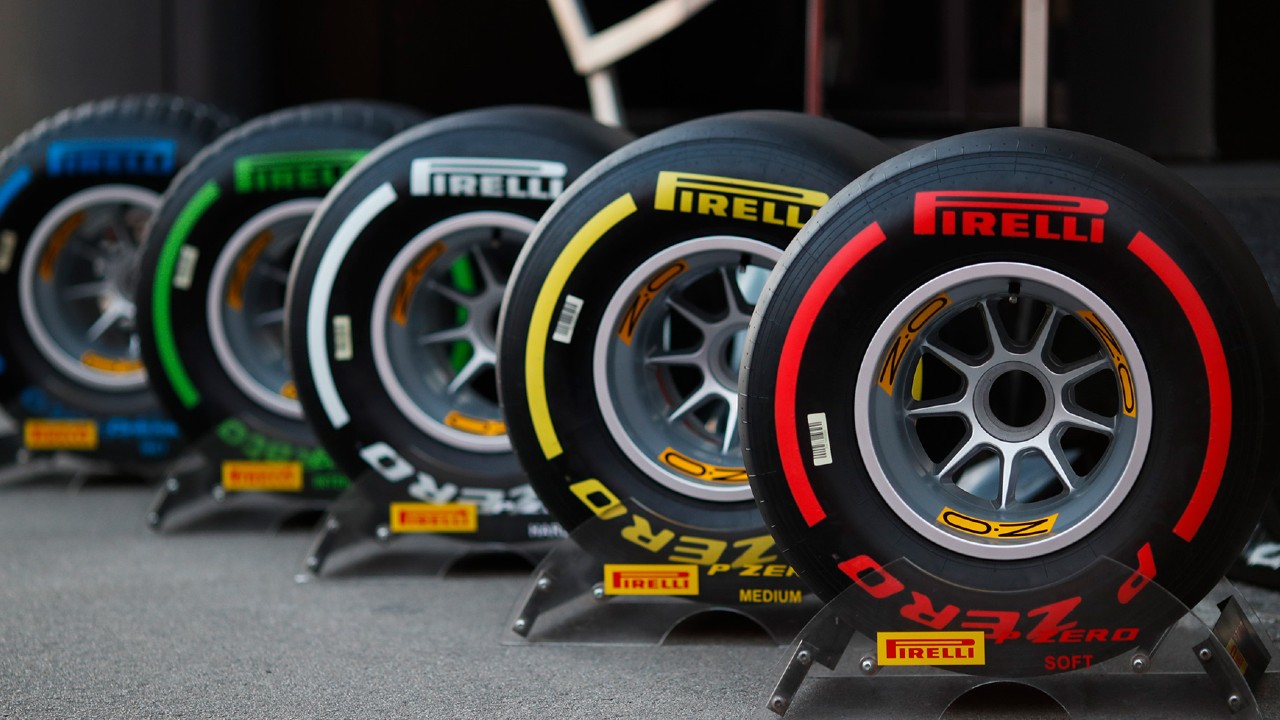
- Each team uses 5 different dry floor tires during the race. only three can choose.
- In the absence of rain, any team at least two dry floor belts is mandatory to use.
- Each team must choose the tires they will use during the races in Europe. 8 weekstires they will use in other races. 14 weeks in advance must notify the FIA.
- The band of the teams that have not chosen a band on the specified date. FIA decides.
- The two pilots in the team, different tire sets they can choose.
- Pirelli specifies two different tires to use, and these tires only on Sunday used in racing.
- The top 10 drivers who made it to the 3rd round in the qualifying rounds, with the fastest band must start a new round.
- To ensure that the drivers use the wet tires during the training laps, the management “rainy session” Notice is required.







